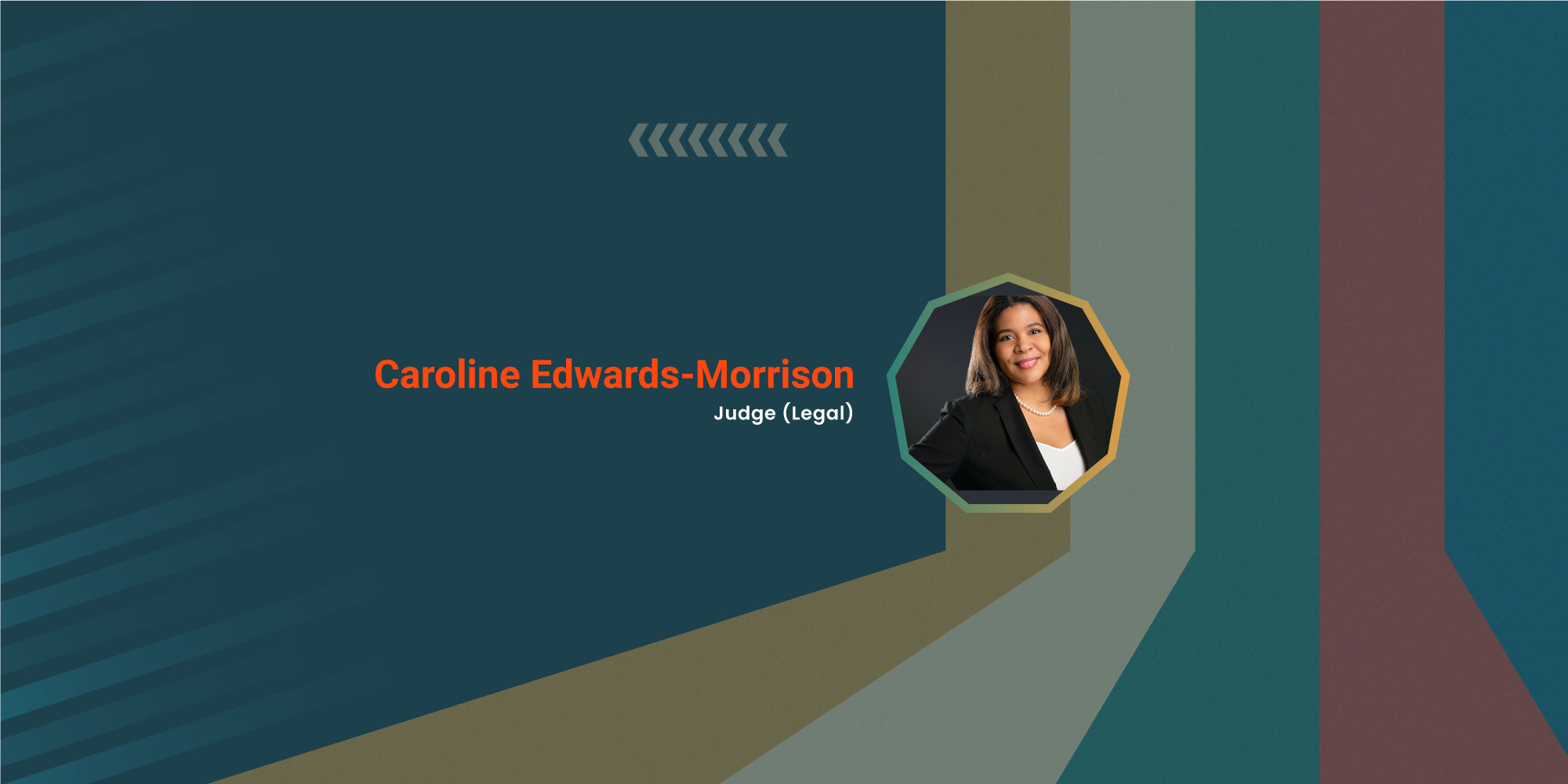
Puerto Rico is an island rich in culture, history, and tradition. One of the most vibrant aspects of Puerto Rican heritage is its music and dance, which are not only forms of entertainment but also expressions of the island’s soul. From the rhythmic beats of Bomba and Plena to the lively sounds of Salsa and Reggaeton, Puerto Rican music and dance are diverse and deeply rooted in the island’s history.
The Roots of Bomba
Bomba is one of the oldest musical traditions in Puerto Rico. Its origins date back to the African slaves brought to the island during the colonial period. This genre is characterized by its call-and-response singing style and its use of drums, known as barrels, made from rum barrels. Bomba is not just music; it is a dialogue between the dancer and the drummer, where the dancer’s movements dictate the rhythm of the drum.
Bomba was traditionally performed during celebrations and gatherings, serving as a means of communication and resistance among the slaves. Today, Bomba remains a powerful symbol of Puerto Rican identity and cultural heritage, with groups dedicated to preserving and revitalizing this rich tradition.
The Rhythms of Plena
Plena, often called the “sung newspaper,” emerged in the early 20th century to tell stories and report news through music. This genre blends African, Spanish, and Taíno influences, featuring instruments like the panderetas (tambourines), guiro, and accordion. The lyrics of Plena’s songs typically address social issues, historical events, and everyday life, making it a poignant reflection of Puerto Rican society.
Plena gained popularity quickly and became an integral part of the island’s musical landscape. It is known for its catchy rhythms and engaging melodies, often performed during festivals, parades, and public gatherings. Like Bomba, Plena has also seen a revival in recent years, with contemporary musicians incorporating its elements into modern compositions.
The Salsa Explosion
Salsa, a genre that has gained international acclaim, has its roots in Puerto Rican and Cuban music. It developed in New York City during the 1960s and 1970s, as Puerto Rican and Cuban immigrants blended their musical traditions with jazz and other influences. Salsa is characterized by its fast-paced, energetic rhythms, brass instruments, and intricate percussion.
The genre quickly became a global phenomenon, with Puerto Rican artists like Tito Puente, Willie Colón, and Hector Lavoe leading the charge. Salsa’s infectious beats and passionate dance style have made it a staple in Latin music and dance scenes worldwide. In Puerto Rico, Salsa is more than just music; it is a way of life, with countless clubs, festivals, and events dedicated to celebrating this dynamic genre.
The Modern Pulse of Reggaeton
Reggaeton is the latest evolution in Puerto Rican music, emerging in the late 1990s and early 2000s. This genre combines reggae, hip-hop, and Latin music elements, characterized by its distinctive dembow rhythm and catchy hooks. Reggaeton has become a global sensation, with artists like Daddy Yankee, Bad Bunny, and J Balvin dominating the charts and bringing Puerto Rican music to new audiences.
The rise of Reggaeton reflects the island’s ability to innovate and adapt, blending traditional sounds with modern influences. It has also opened up new opportunities for Puerto Rican artists, who continue to push the boundaries of what Latin music can be. Reggaeton’s impact extends beyond music, influencing fashion, dance, and popular culture worldwide.
Dance as a Cultural Expression
In Puerto Rico, dance is inseparable from music. Each genre of music has its corresponding dance style, creating a vibrant tapestry of movement and rhythm central to Puerto Rican culture. From the elegant movements of Salsa to the powerful expressions of Bomba, dance in Puerto Rico is both a form of art and a means of storytelling.
Dance schools and cultural centers across the island play a crucial role in preserving these traditions, offering classes and performances that keep the spirit of Puerto Rican dance alive. Festivals and events, such as the San Sebastián Street Festival and the Puerto Rican Day Parade, showcase the island’s rich dance heritage, drawing both locals and visitors into the joyful celebration of Puerto Rican culture.
The Role of Music and Dance in Puerto Rican Identity
Music and dance are not just forms of entertainment in Puerto Rico; they are essential to the island’s identity. They reflect the island’s history, its struggles, and its triumphs. Puerto Ricans express their pride, resilience, and sense of community through music and dance.
These art forms also serve as a bridge between generations, passing down traditions and stories from elders to the younger generation. In a constantly changing world, music and dance provide a sense of continuity and connection to the past while also allowing for innovation and new expressions of cultural identity.
The heartbeat of Puerto Rican music and dance is a powerful force that continues to resonate both on the island and worldwide. From the ancient rhythms of Bomba and Plena to the global beats of Salsa and Reggaeton, Puerto Rican music and dance are dynamic, evolving expressions of the island’s rich cultural heritage. They celebrate the past, reflect the present, and inspire the future, ensuring that the spirit of Puerto Rico remains vibrant and alive for generations to come.